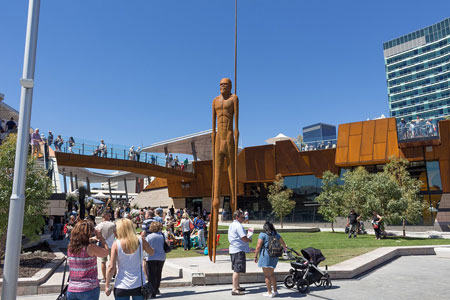Perth Translation Services » Persian translator » Persian Brochure Translation
Persian Brochure Translation
Perth Translation Services provides Persian brochure translations for businesses and government departments in Australia. As a professional translation services provider, we offer fast and quality Persian brochure translations, and are able to typeset Persian translations into existing design files.
We usually work with InDesign project folders shared by clients, and deliver multilingual brochures from a single brochure in English.
Working with local Persian translators, designers and typesetters, you can be assured your project gets delivered by professionals familiar with the local culture and terminology used in Australia, and any project feedback gets addressed quickly.
Persian Brochure Translators
Enquire with us today
Latest Testimonials


About the Persian Language
Persian, also known by its endonym Farsi, is one of the Western Iranian languages within the Indo-Iranian branch of the Indo-European language family. It is primarily spoken in Iran, Afghanistan (officially known as Dari since 1958), and Tajikistan (officially known as Tajiki since the Soviet era), and some other regions which historically were Persianate societies and considered part of Greater Iran. It is written in the Persian alphabet, a modified variant of the Arabic script, which itself evolved from the Aramaic alphabet.
The Persian language is classified as a continuation of Middle Persian, the official religious and literary language of the Sasanian Empire, itself a continuation of Old Persian, the language of the Achaemenid Empire. A Persian-speaking person may be referred to as Persophone.
Throughout history, Persian has been a prestigious cultural language used by various empires in Western Asia, Central Asia, and South Asia. Old Persian written works are attested in Old Persian cuneiform on several inscriptions from between the 6th and the 4th centuries BC, and Middle Persian literature is attested in Aramaic-derived scripts (Pahlavi and Manichaean) on inscriptions from the time of the Parthian Empire and in books centered in Zoroastrian and Manichaean scriptures from between the 3rd to the 10th century AD. New Persian literature began to flourish after the Arab conquest of Iran with its earliest records from the 9th century, since then adopting the Arabic script, while the use of Arabic had strikingly spread over the region. Persian was the first language to break through the monopoly of Arabic on writing in the Muslim world, with the writing of Persian poetry developed as a court tradition in many eastern courts. Some of the famous works of medieval Persian literature are the Shahnameh of Ferdowsi, the works of Rumi, the Rubaiyat of Omar Khayyam, the Panj Ganj of Nizami Ganjavi, the Divān of Hafez, The Conference of the Birds by Attar of Nishapur, and the miscellanea of Gulistan and Bustan by Saadi Shirazi.
Persian has left a considerable influence on its neighboring languages, including other Iranian languages, the Turkic languages, Armenian, Georgian and the Indo-Aryan languages (especially Urdu). It also exerted some influence on Arabic, particularly Bahrani Arabic, while borrowing much vocabulary from it under medieval Arab rule.

